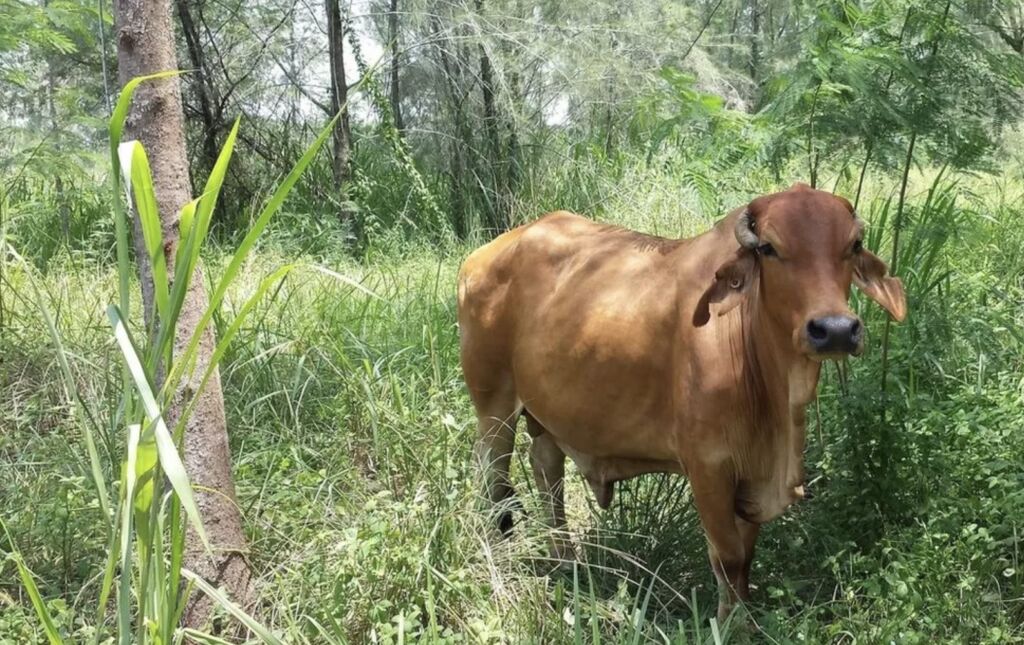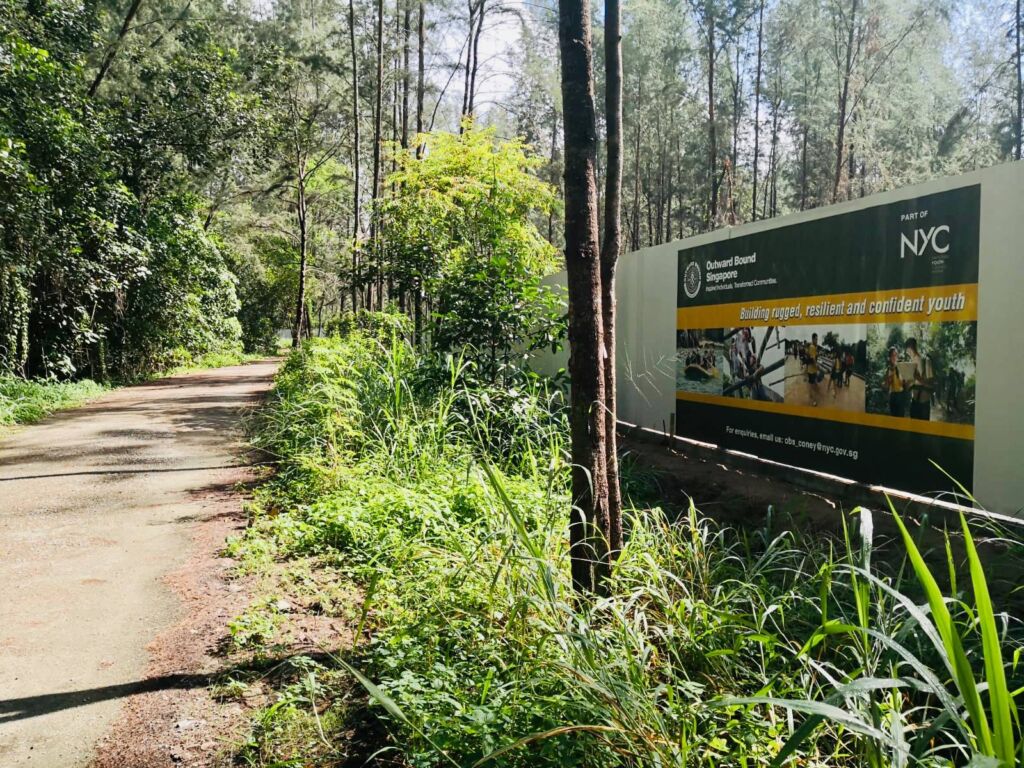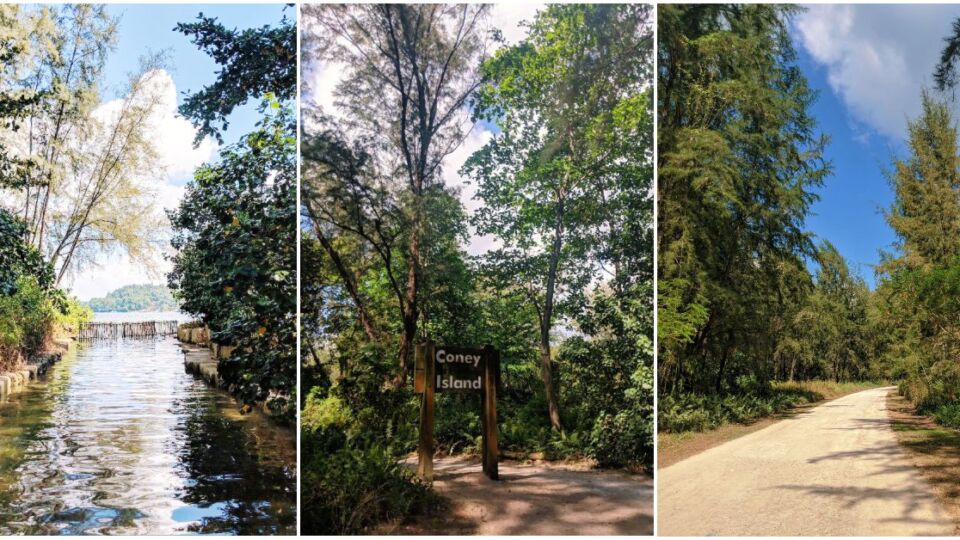Just slightly off the coast of Punggol in the northeastern part of Singapore is a mini island that is accessible by foot and popular with joggers and runners. But before it became a little paradise for the hiking crowd, Coney Island has quite an interesting history.
From private island to hang-out spot
Coney Island was originally called Pulau Serangoon and then in the 1930s and 40s it was referred to as Haw Par Island because the Haw brothers – the same ones who owned it at the time. Yup, the same Haw Brothers behind Haw Par Villa and Tiger Balm.
They had even constructed a beach bungalow – and the abandoned building is still somewhere on the island.
In the 1950s, the island was sold to a businessman who wanted to revamp it to be like New York’s Coney Island. The leisure resort called Singapore Coney Island was then opened in 1951.
There were recreational facilities like a restaurant and bar, seaside accommodations and even a dance hall. It was even hailed as Singapore’s first island health resort in its heyday but after three years it was put up for auction. The name ‘Coney Island’ continued to stick.
More revamping
Over the years, the size of the island expanded too as it changed ownership. In 1972, the government officially acquired Coney Island and began land reclamation work. There were grand plans to make it into a recreational destination (again) with chalets, a beach and a marina for docking boats. In the past before we could easily walk to Coney Island, visitors had to take a 30-minute boat ride to the island.
Development plans did not pan out as quickly as a lot of work still needed to be done to the area. For example, the nearby Punggol was known for its pig farms and the smell would waft over to the island, and affected visitors’ experiences. On top of that, people were quite resistant to the island losing its natural feel and beauty.
After a long period, Coney Island Park opened in 2015 after a 15-month construction. The revamp took the public’s feedback seriously and kept the park rustic, with basic amenities. The benches, boardwalks and shelters are made from driftwood and fallen trees from the island, the toilets use rainwater and there are solar-powered water pumps. The beaches are also left hidden and untouched for visitors to discover for themselves on the trails.
On top of that, there are also two main entrances bridge where people can easily cross into the island.
The Coney Island cow
The longest inhabitant on Coney Island? A lone cow.
And not just any cow. It is a Brahman cow. Brahman cattle are known for the hump over the withers at the back of their necks.
Not much is known about how it ended up on the island, some said it fell off a cargo ship somewhere and some believe it to be a pet or kept animal from one of the farms in Punggol.

People started knowing of its existence after the 2015 opening when visitors could access the park easily and discover its solitary existence. When it was found, the cow was malnourished and sick, but was nursed back to health.
It is believed that it foraged naturally on the vegetation on the island.Signs were put up around the park to not feed or provoke the cow when on the island.
Sadly, during a health checkup in 2016, the cow could not be revived after it was sedated for blood and fecal samples to be taken. Its existence was just as elusive as its death.
The future

In 2021, official plans were announced by Outward Bound Singapore to build a campus on the island. This was met with opposition from people worried about the construction wiping out flora and fauna on the island. However, construction is still underway.
Check out other stories:




